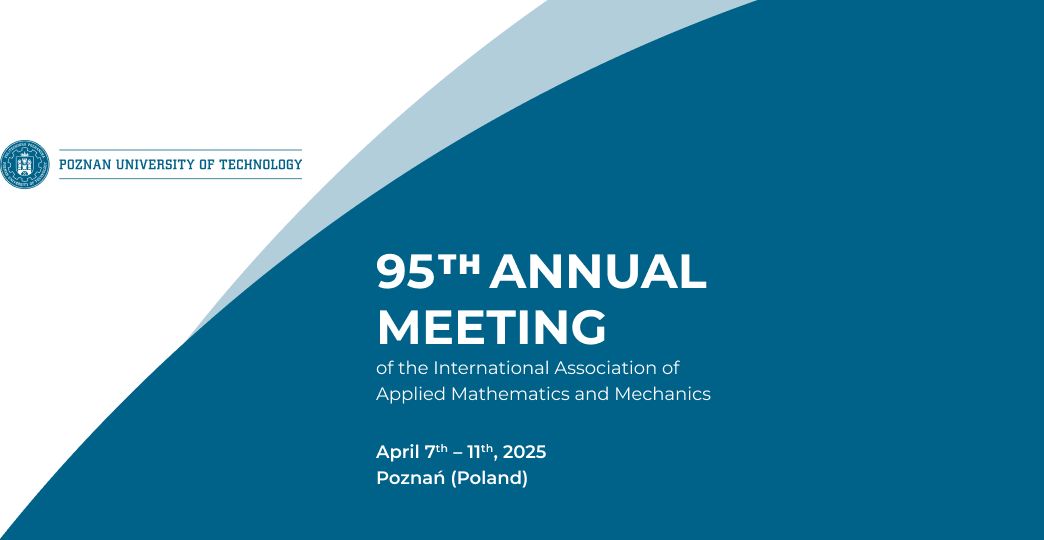Speaker
Description
Fused deposition modeling (FDM) is a widely used extrusion-based additive manufacturing process, primarily for 3D printing. It facilitates the cost-effective production of customized products. The polymer is melted and then extruded through a nozzle on the product, where the polymer solidifies. The quality of parts produced with FDM depends on multiple factors, including the extrusion nozzle and the process parameters. In this work, we will focus on the impact of the nozzle, which ensures precise material deposition but often limits the maximum achievable printing speed due to pressure losses. The polymer melt’s high viscosity and shear thinning behavior result in significant pressure drops within the nozzle. These can hinder printing speed and lead to feeder slip, reducing dimensional accuracy. Depending on the nozzle geometry, vertex formations of the polymer flow can occur inside the nozzle, contributing to the pressure drop. Reducing this pressure drop can enable higher printing speeds, improved line precision, and better overall quality. To address this, we are optimizing the nozzle shape. We have developed a computational framework integrating fluid dynamics simulations with optimization algorithms to enhance nozzle performance. Polymer melt flow is simulated using a generalized Newtonian model with the Cross-WLF viscosity model to capture the material’s shear-thinning behavior. For shape optimization, we use free-form deformation (FFD), a spline-based parameterization method that enables low-dimensional geometry modification through control point adjustments. Gradient-free optimization algorithms are employed to explore design variations effectively. We present results comparing optimal nozzle designs under different manufacturing constraints and material parameters. The optimized designs demonstrate reduced pressure drop, enabling higher printing speeds and improved dimensional accuracy. This highlights the potential of shape optimization to advance FDM processes.

